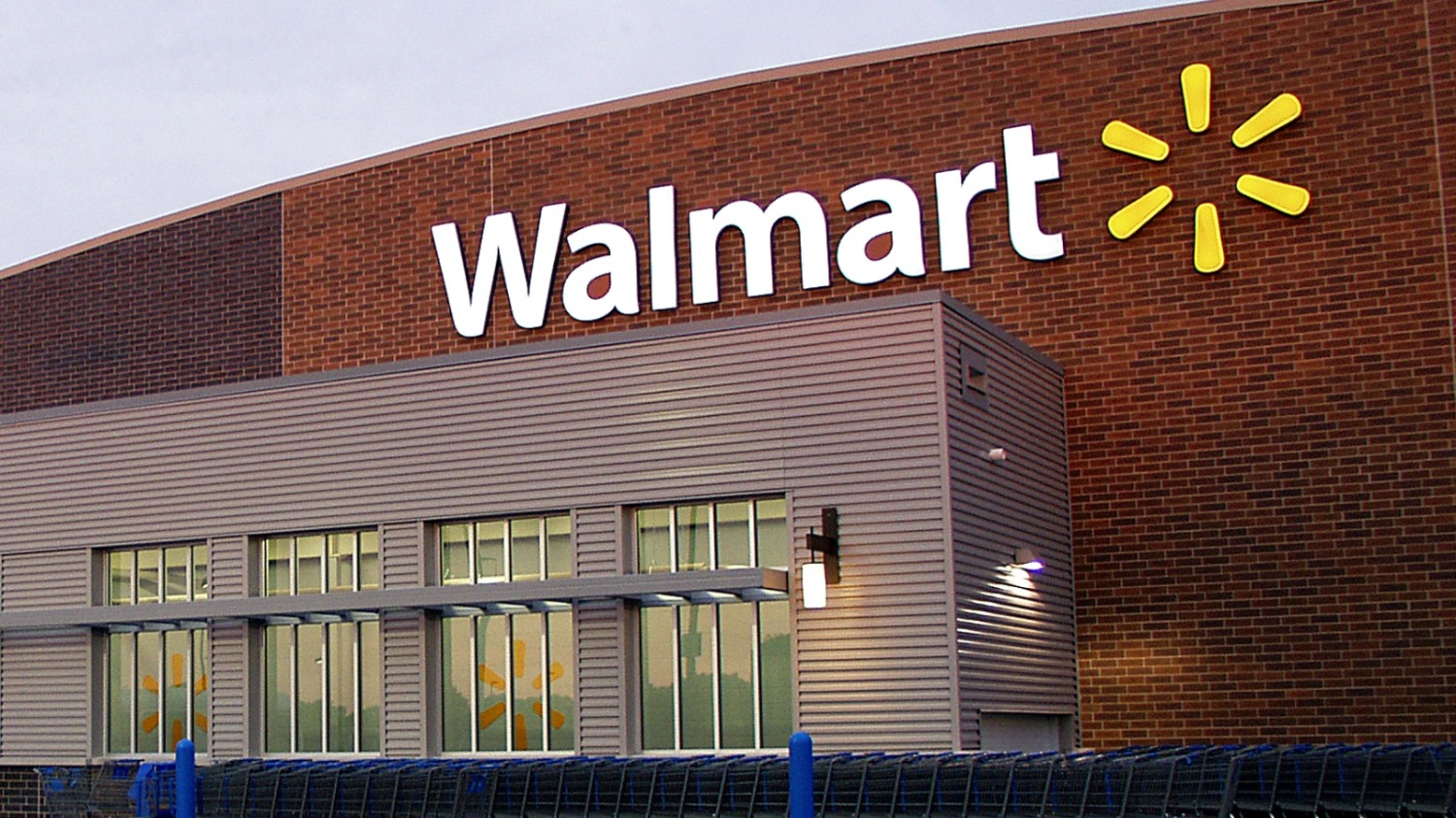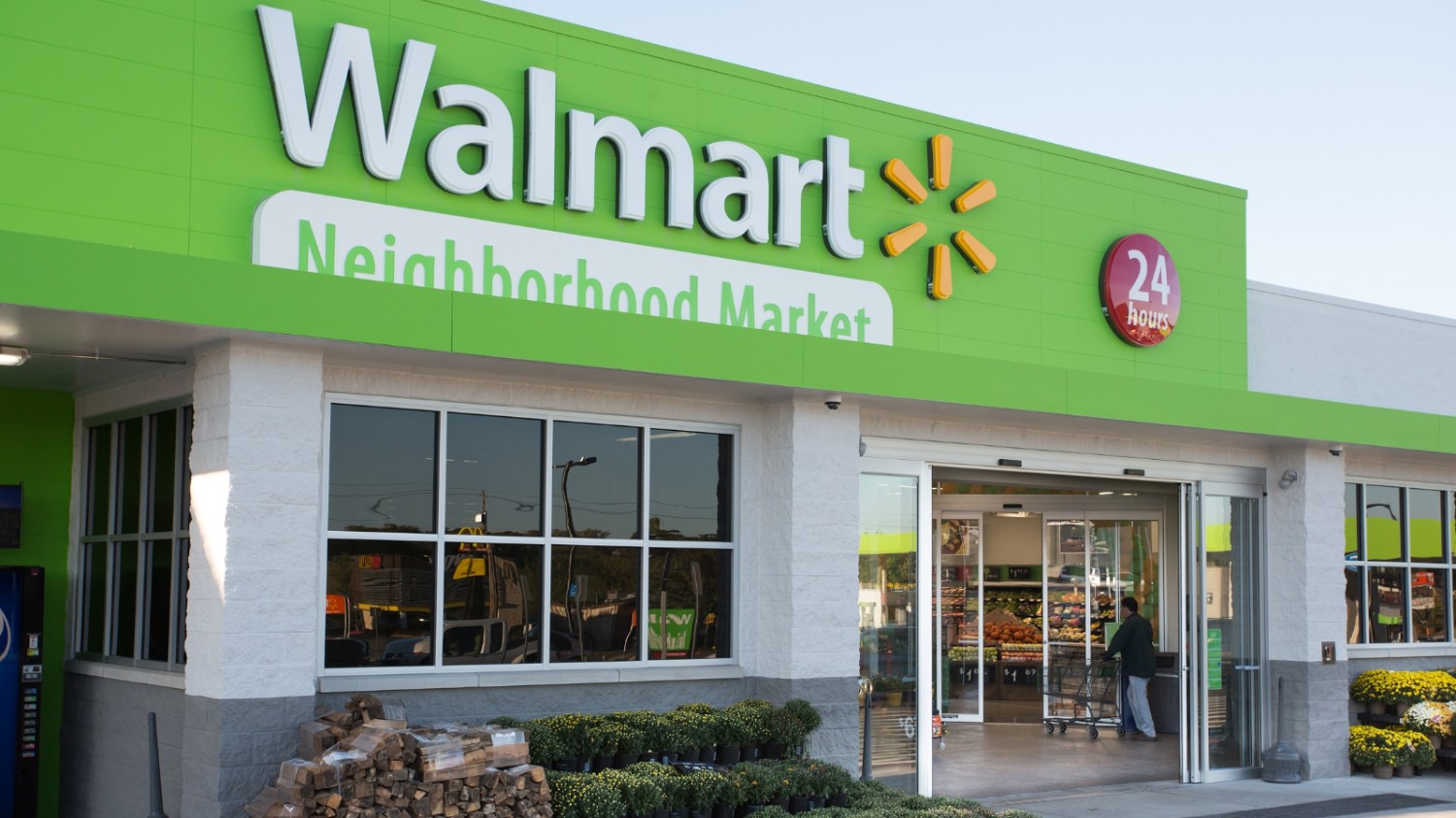Walmart stands as a colossus in the global retail landscape, influencing not just the way people shop but also the global economy and the retail industry at large. Founded in 1962 by Sam Walton in Rogers, Arkansas, Walmart has grown from a single discount store to the world’s largest retail chain, boasting millions of employees worldwide and serving hundreds of millions of customers each year. Its philosophy of offering low prices and great value has resonated with shoppers globally, propelling its expansion beyond the United States to a significant presence in over two dozen countries. This article aims to delve into the history, operations, impact, and controversies of Walmart, providing a comprehensive overview of a company that has become a daily fixture in the lives of many and a subject of study in the fields of business and economics.
History and Growth of Walmart
Walmart’s journey from a single retail store in Rogers, Arkansas, to becoming the world’s largest retail chain is a testament to American entrepreneurship and innovation. Sam Walton, the visionary founder, opened the first Walmart store in 1962, with the aim of offering consumers lower prices and better service. Walton’s business model focused on buying goods at lower prices, passing the savings on to customers, and relying on high volume sales. This model proved to be remarkably successful.
By the 1970s, Walmart had expanded beyond Arkansas, opening stores in other states and laying the foundation for nationwide growth. The company went public in 1970, which provided the capital necessary to fuel its rapid expansion. By the end of the decade, Walmart had become a billion-dollar company, a rare feat at the time.
The 1980s and 1990s marked a period of explosive growth for Walmart, as it ventured into new formats like Walmart Supercenter and Sam’s Club, further diversifying its offerings and solidifying its market dominance. The Supercenter concept, combining a supermarket with general merchandise, revolutionized retail by offering customers the convenience of one-stop shopping.
Walmart’s expansion wasn’t limited to the United States. In the 1990s, it began its international ventures, opening stores in Mexico, Canada, and other countries. Each international expansion was tailored to fit the local market, although not without challenges and learning curves.
The turn of the millennium saw Walmart leveraging technology to improve supply chain efficiency and customer service. Its adoption of RFID technology and other innovations set new standards in retail logistics and inventory management.
Key milestones in Walmart’s growth include:
- Opening of the first Walmart Supercenter in 1988, in Washington, Missouri.
- Expansion into international markets starting in the 1990s.
- Acquisition of significant stakes in international retail chains, further expanding its global footprint.
By 2020, Walmart operated over 11,000 stores in 27 countries, under 56 different names, and employed over 2 million people worldwide. Its sales figures and the number of customers served annually are a testament to its pervasive influence in the global retail sector.
Operations and Business Model
Walmart’s success is largely attributed to its efficient operations and robust business model. At its core, Walmart’s business strategy revolves around “Everyday Low Prices” (EDLP), which aims to attract customers by consistently offering low prices across its wide range of products. This strategy is supported by a sophisticated supply chain and logistics system that minimizes costs through strategic partnerships with suppliers, advanced inventory management, and the extensive use of technology.
The company’s operations are divided into three primary segments: Walmart U.S., Walmart International, and Sam’s Club. Each segment has its unique operational focus but collectively contributes to Walmart’s overarching goal of price leadership.
- Walmart U.S. is the largest segment, operating stores in various formats including Supercenters, discount stores, and neighborhood markets. It also includes Walmart’s extensive e-commerce operations, which have seen significant growth in recent years.
- Walmart International consists of stores and e-commerce platforms in 26 countries outside of the U.S. This segment is tailored to meet the needs and preferences of local markets, often operating under different brand names.
- Sam’s Club operates membership-based warehouse clubs, offering bulk products at competitive prices, primarily to small businesses and individual shoppers.
A significant factor in Walmart’s operational success is its relentless pursuit of efficiency across the supply chain. From distribution centers that utilize state-of-the-art logistics technology to a transportation fleet that is one of the largest in the world, Walmart ensures that products move from suppliers to store shelves in the most cost-effective manner. Moreover, Walmart’s investment in technology extends to its stores and online platforms, improving customer experience through mobile apps, self-checkout systems, and online grocery services.
This operational efficiency, combined with a large scale of operation, allows Walmart to negotiate lower prices with suppliers, which it then passes on to customers. This virtuous cycle of low prices and high volume sales has been key to Walmart’s dominance in the retail sector.
Sustainability and Social Responsibility
Walmart has made strides in sustainability and social responsibility, recognizing the importance of these aspects in contemporary business practices. The company has set ambitious goals for energy use, waste reduction, and sustainable sourcing.
- Environmental Initiatives: Walmart aims to power its global operations with 100% renewable energy by 2035 and achieve zero waste in its operations in key markets by 2025. It has invested in solar and wind energy projects and has implemented measures to improve energy efficiency across its stores and supply chain.
- Community Engagement and Philanthropy: Through the Walmart Foundation, the company supports various community-focused initiatives, including disaster relief, hunger relief, and education programs. Walmart also encourages its employees to volunteer in local community projects.
- Ethical Sourcing and Supply Chain Management: Walmart is committed to responsible sourcing, ensuring that the products it sells are produced ethically and sustainably. This includes efforts to eliminate forced labor, improve working conditions in factories, and promote environmental responsibility among suppliers.
Despite these efforts, Walmart has faced criticisms related to labor practices, environmental impact, and its influence on local businesses. The company continues to address these challenges, seeking to balance profitability with social responsibility and environmental stewardship.
Innovation and Future Outlook
Walmart has consistently sought to innovate, using technology and strategic initiatives to stay ahead in the competitive retail landscape. The company has invested heavily in e-commerce, digital transformation, and supply chain technologies, recognizing the shift towards online shopping and the need for efficiency. Initiatives like curbside pickup, same-day delivery, and the integration of artificial intelligence in inventory and customer service are examples of Walmart’s commitment to innovation.
Looking ahead, Walmart is positioned to further expand its services and influence. With ventures into health care, financial services, and continued growth in e-commerce, Walmart is diversifying its offerings beyond traditional retail. The company’s future will likely be marked by further integration of technology, sustainability efforts, and global expansion, addressing the evolving needs of consumers and the planet.













